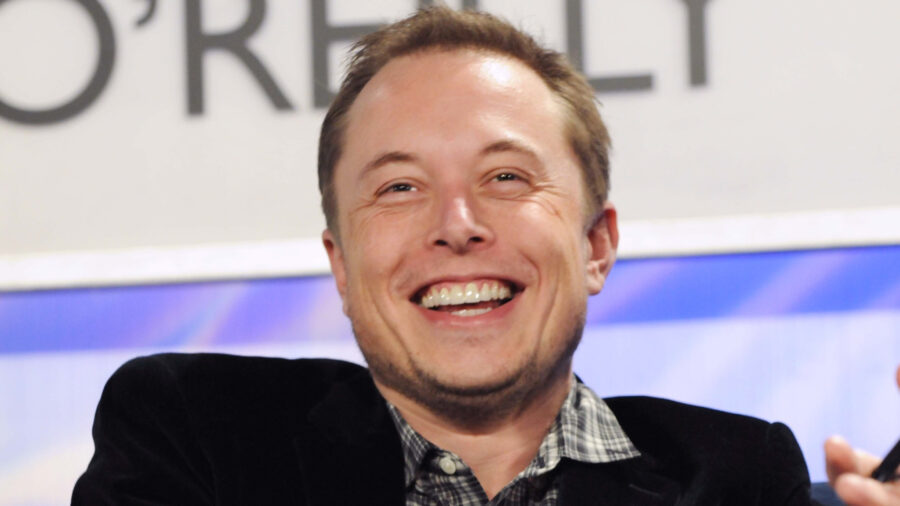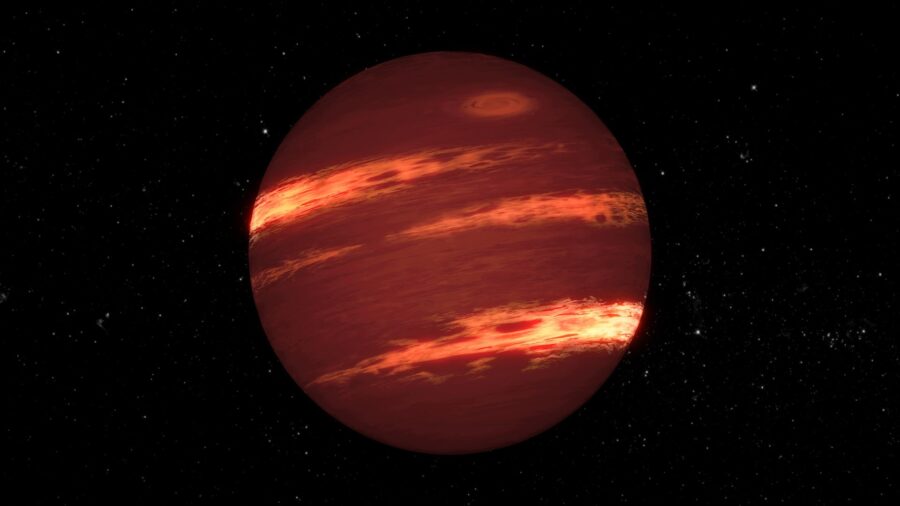Elon Musk Finds A New Planet To Colonize
Elon Musk has expressed interest in colonizing Proxima Centauri B, the inspiration for Avatar's Pandora.

Elon Musk recently raised eyebrows on social media with his endorsement of Ted Kaczynski’s (aka the Unabomber) belief that technology presents a significant threat to humanity. Nonetheless, the billionaire entrepreneur continues to harness the power of technology, notably through his company SpaceX, for the ambitious project of colonizing Mars. Now, according to Futurism, Musk has his sights set on another potentially habitable exoplanet, located beyond our star system, for possible colonization.
Proxima Centauri B, situated just over four light-years away in the Alpha Centauri system, the setting for James Cameron‘s Avatar franchise, was first discovered in 2016. Scientists have deemed this exoplanet as a potential candidate for sustaining life. After a user tweeted a link to a Space Academy blog post about the planet to Elon Musk, the tech-typhoon responded with, “Practically next door.”
Given that Elon Musk has been outspoken about his concerns about the longevity of human survival and his objective of establishing self-sustaining colonies on other planets, it makes sense that Proxima Centauri B has piqued his interest. The exoplanet has been the subject of several studies since its discovery. Scientists have used computer simulations to assess Proxima Centauri B’s ability to support liquid water and, potentially, life.
In a 2018 study, Anthony Del Genio, a planetary scientist at the NASA Goddard Institute of Space Studies, stated that the simulations suggest a reasonable likelihood of Proxima Centauri B being habitable. The research concluded that the exoplanet, roughly the size of Earth, could be the nearest highly habitable planet to our Solar System. However, considering SpaceX has not yet reached Mars, a journey of 4.2 light-years to this exoplanet would certainly present a formidable challenge for Elon Musk.

Proxima Centauri B experiences gravitational locking, much like Earth’s moon, causing one side of the exoplanet to perpetually face its parent star. In simpler terms, this means the same side is always exposed to the star’s heat and light. Computer simulations suggest that the planet’s oceans and atmosphere circulate, facilitating an effective heat transfer and preventing its dark side from becoming permanently frozen.
The exoplanet, despite its proximity to us compared to other potentially habitable planets, is still situated a staggering 40 trillion kilometers or 25 trillion miles away. This vast distance necessitates a level of technological advancement that is yet to be achieved. At the current stage, the enormous distance to Proxima Centauri B remains untraversable, even for forward-thinking individuals like Elon Musk.
The potential of embarking on a journey to Proxima Centauri B is being brought closer to reality due to the remarkable technological advancements spearheaded by tech luminaries such as Elon Musk and groundbreaking companies like SpaceX. However, the feat of reaching this distant exoplanet, located trillions of miles away from us, remains firmly in the realm of science fiction, especially when considering the current challenges we face in our endeavors to land human beings on Mars, a much closer planetary neighbor.
Thus, Musk’s audacious aspiration to colonize such an enormously distant planet, while undoubtedly inspiring and a testament to his extraordinary visionary capacity, can be seen more as an embodiment of long-term space ambitions rather than an objective achievable soon.












